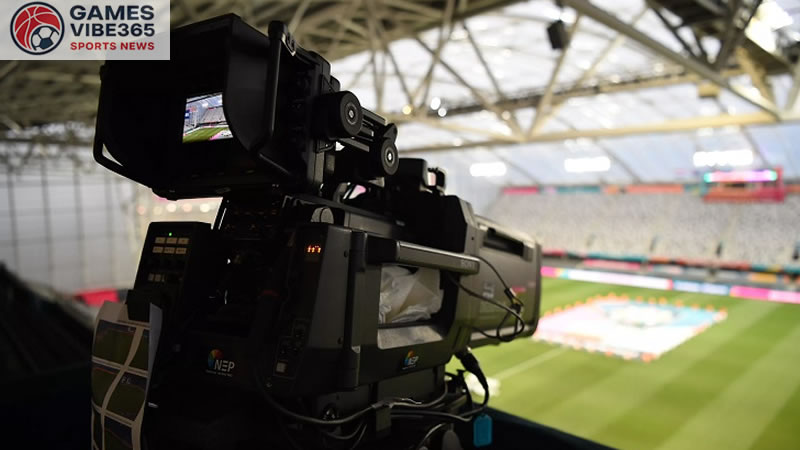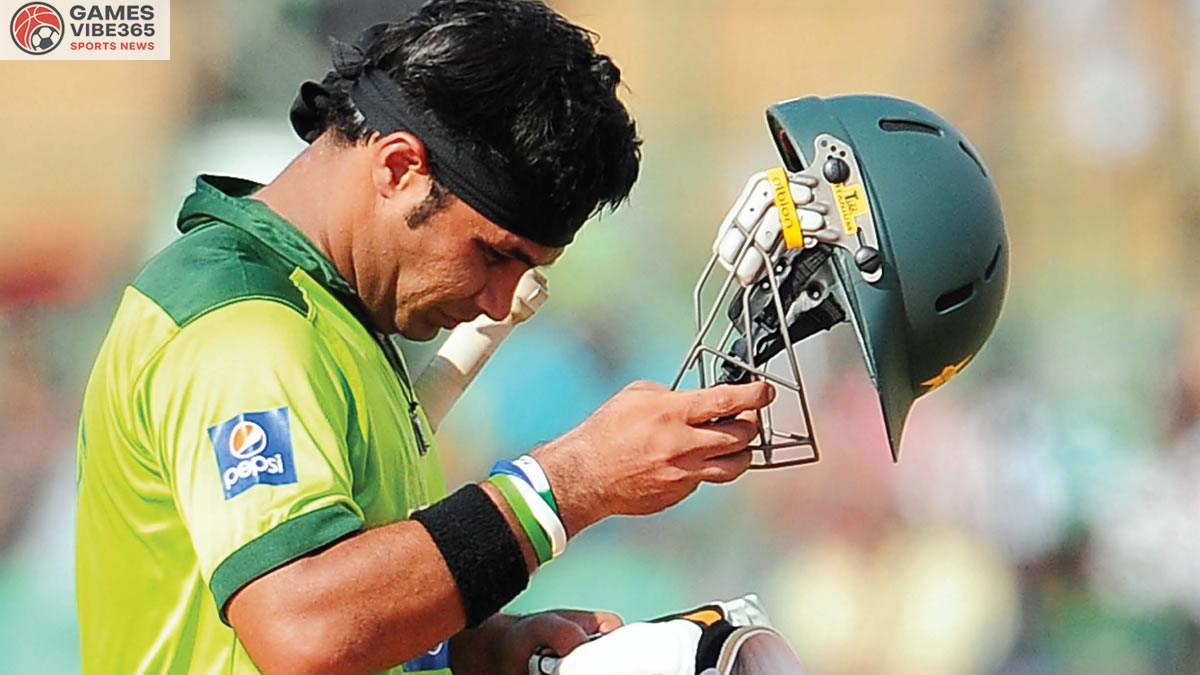FIFA Opens Media Rights: Global football’s governing body FIFA has officially launched its next round of media rights tenders, this time targeting the Myanmar market. The process covers broadcast and digital rights for the 2026 FIFA Men’s World Cup and the 2027 FIFA Women’s World Cup, with both competitions set to capture massive global audiences.
While Myanmar will not be participating in either tournament following their early eliminations from qualifying, the media rights sale marks an important step in ensuring fans in the country still have access to the world’s biggest sporting events.
Tender Details and Deadlines
Two separate tenders were opened simultaneously in Myanmar this week:
- 2026 Men’s World Cup – Hosted jointly by the United States, Mexico, and Canada from June 11 to July 19, 2026.
- 2027 Women’s World Cup – Staged in Brazil, the first time the women’s edition will be played in South America.
The deadline for all submissions is 10:00 AM Central European Time on October 14.
Entities interested in bidding for either or both events can request the invitation to tender (ITT) documentation via email. FIFA has directed applicants to contact:
- fwc26-media-rights@fifa.org (for men’s tournament)
- fwwc2027-media-rights@fifa.org (for women’s tournament)
Myanmar’s Past Broadcast Landscape
During the last FIFA World Cup in Qatar 2022, Myanmar fans watched matches through SkyNet, a pay-TV satellite broadcaster. SkyNet’s coverage highlighted the appetite for international football in the country, despite Myanmar’s absence from the global stage.

However, with digital streaming platforms rapidly growing in Southeast Asia, the tender for 2026 and 2027 opens the door for new players in the market. Beyond traditional broadcasters, online platforms and telecom providers may also bid, aiming to capture a younger audience that consumes sports content primarily through mobile devices.
Myanmar’s Football Journey: Still Seeking a Breakthrough
Myanmar’s men’s national team exited the 2026 qualifiers early, finishing last in their second-round group. Their opponents included Japan, North Korea, and Syria—all far stronger sides on paper and in global rankings.
On the women’s side, the story is similar. Myanmar has already been knocked out of the qualifying campaign for the 2027 Women’s World Cup. Historically, the nation has never reached the finals of either a men’s or women’s FIFA World Cup.
Yet, the passion for the sport runs deep across Southeast Asia. Many Myanmar fans continue to follow international tournaments closely, particularly elite competitions such as the FIFA World Cup, UEFA Champions League, and English Premier League. This makes media rights a valuable commercial opportunity, even without homegrown representation.
Why Media Rights Matter for FIFA and Myanmar
Media rights are FIFA’s primary revenue engine, often contributing billions of dollars per tournament cycle. For broadcasters, securing rights to the World Cup means guaranteed audience spikes and advertising revenue.
For Myanmar specifically, the tender holds significance because:
- Wider Access: Depending on the winning bidders, more fans may access matches via free-to-air television or digital streaming.
- Commercial Growth: Advertising, sponsorship, and subscription models linked to football broadcasts can boost the local media economy.
- Cultural Impact: Even without national representation, exposure to global tournaments can inspire the next generation of Myanmar footballers.
A Broader Tender Strategy
The Myanmar tender comes shortly after FIFA opened a similar process in the Indian subcontinent earlier this year. That package covered India, Pakistan, Bangladesh, Sri Lanka, Nepal, Bhutan, and the Maldives—not only for the 2026 and 2027 tournaments but also for the 2030 FIFA Men’s World Cup. The bidding deadline for that region was September 2.
By rolling out staggered tenders across Asia, FIFA ensures maximum competition among broadcasters while tailoring packages to individual markets. This reflects a broader strategy of optimizing media rights revenues on a regional basis rather than a one-size-fits-all global approach.
Challenges and Opportunities in Myanmar
Myanmar’s media market faces unique challenges:
- Economic constraints may limit the size of bids compared to larger Asian markets.
- Political instability could affect investment confidence among broadcasters.
- Piracy concerns remain a persistent issue across Southeast Asia, often undermining the value of legitimate rights deals.
However, opportunities also exist:
- Growing smartphone penetration provides fertile ground for mobile-first streaming deals.
- Youth demographics in Myanmar are football-hungry, following global stars such as Lionel Messi, Cristiano Ronaldo, and emerging talents like Kylian Mbappé.
- Regional cooperation could see broadcasters from neighboring markets extend partnerships into Myanmar.
Looking Ahead
The 2026 FIFA Men’s World Cup promises to be the largest in history, expanding to 48 teams and spanning 16 host cities across three nations. Meanwhile, the 2027 Women’s World Cup in Brazil is expected to break attendance and viewership records, continuing the surge in global interest in women’s football.
For Myanmar, the upcoming media rights tender is less about national participation and more about connection to the global football community. Regardless of who wins the broadcast rights, fans in Myanmar will have the opportunity to be part of the world’s most-watched sporting spectacle.
Key Takeaways
- FIFA has launched media rights tenders in Myanmar for both the 2026 Men’s and 2027 Women’s World Cups.
- Bidding deadline: October 14, 2025, at 10 AM CET.
- Myanmar has never qualified for a World Cup but maintains strong fan interest.
- The move follows FIFA’s earlier tenders in the Indian subcontinent.
- Success of the rights deal could influence media consumption trends and commercial growth in Myanmar.
Also Read: FIFA Considering Historic Rule Change for Penalty Kicks After the World Cup 2026








